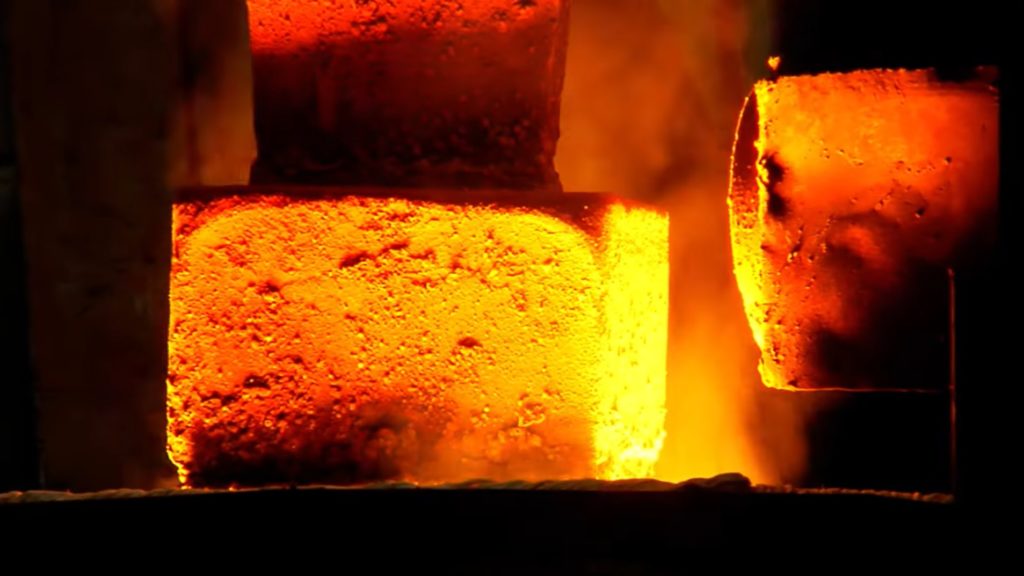Rio Tinto says it has proven the effectiveness of its low-carbon iron-making process using ores from its mines in Australia in a small-scale pilot plant in Germany, and is now planning the development of a larger-scale pilot plant to further assess its potential to help decarbonise the steel value chain.
The process, known as BioIron™, uses raw biomass instead of metallurgical coal as a reductant and microwave energy to convert Pilbara iron ore to metallic iron in the steelmaking process. BioIron has the potential to support near-zero CO2 steelmaking, and can result in net negative emissions if linked with carbon capture and storage, according to the company.
Over the past 18 months, the process has been tested extensively in Germany by a project team from Rio Tinto, Metso Outotec and the University of Nottingham’s Microwave Process Engineering Group. Development work was conducted in a small-scale pilot plant using batches of 1,000 golf ball-sized iron ore and biomass briquettes.
Rio Tinto Chief Commercial Officer, Alf Barrios, said: “Finding low-carbon solutions for iron and steelmaking is critical for the world as we tackle the challenges of climate change. Proving BioIron works at this scale is an exciting development given the implications it could have for global decarbonisation.
“The results from this initial testing phase show great promise and demonstrate that the BioIron process is well suited to Pilbara iron ore fines. BioIron is just one of the pathways we are developing in our decarbonisation work with our customers, universities and industry to reduce carbon emissions right across the steel value chain.”
BioIron’s potential was confirmed in a comprehensive and independent technical review by Hatch, the global engineering, project management and professional services firm, Rio said. Hatch noted the thorough work completed by the team and BioIron’s capacity to reduce greenhouse gas emissions while converting Pilbara iron ore into iron and steel.
The BioIron process will now be tested on a larger scale, at a specially designed continuous pilot plant with a capacity of 1 t/h. The design of the pilot plant is underway and Rio Tinto is considering suitable locations for its construction.
The BioIron process works using lignocellulosic biomass including agricultural by-products (eg wheat straw, canola stalks, barley straw, sugar cane bagasse) or purpose-grown crops. The biomass is blended with iron ore and heated by a combination of combusting gases released by the biomass and high-efficiency microwaves that can be powered by renewable energy.
Rio says it is aware of the complexities around the use of biomass supply and is working to ensure only sustainable sources of biomass are used. Accordingly, the company is undertaking a benchmarking study of biomass certification processes. Through discussions with environmental groups, as a first step Rio Tinto has ruled out sources that support the logging of old growth and High Conservation Value forests.











